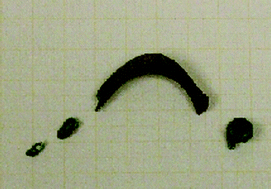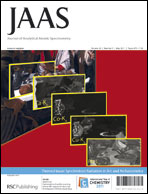Archaeological finds from the pre-Roman Ligurian settlement of Guardamonte-Monte Vallassa (Pavia, Italy) were made available for a series of material analysis measurements based on X-ray and neutron radiation. With the objects not yet cleaned and restored, the XRF analysis obtained from a standard low-power spectrometer was limited to the surface of the objects, covered by corrosion and concretion layers. Time of flight neutron diffraction (TOF-ND), however, is widely recognised as a promising technique for non-destructive bulk analysis of cultural heritage objects allowing to access depths of a few centimetres in metallic objects. Moreover, the INES beamline at the ISIS neutron source offered the unique possibility of performing TOF-ND together with neutron resonance transmission (NRT) measurements. We present XRF and neutron-based results on selected objects, showing how the use of integrated techniques can get information on the physical nature of both the corrosion layers and bulk properties of the objects, and in some cases giving indications on the method of production, for instance, casting or hammering.

You have access to this article
 Please wait while we load your content...
Something went wrong. Try again?
Please wait while we load your content...
Something went wrong. Try again?


 Please wait while we load your content...
Please wait while we load your content...